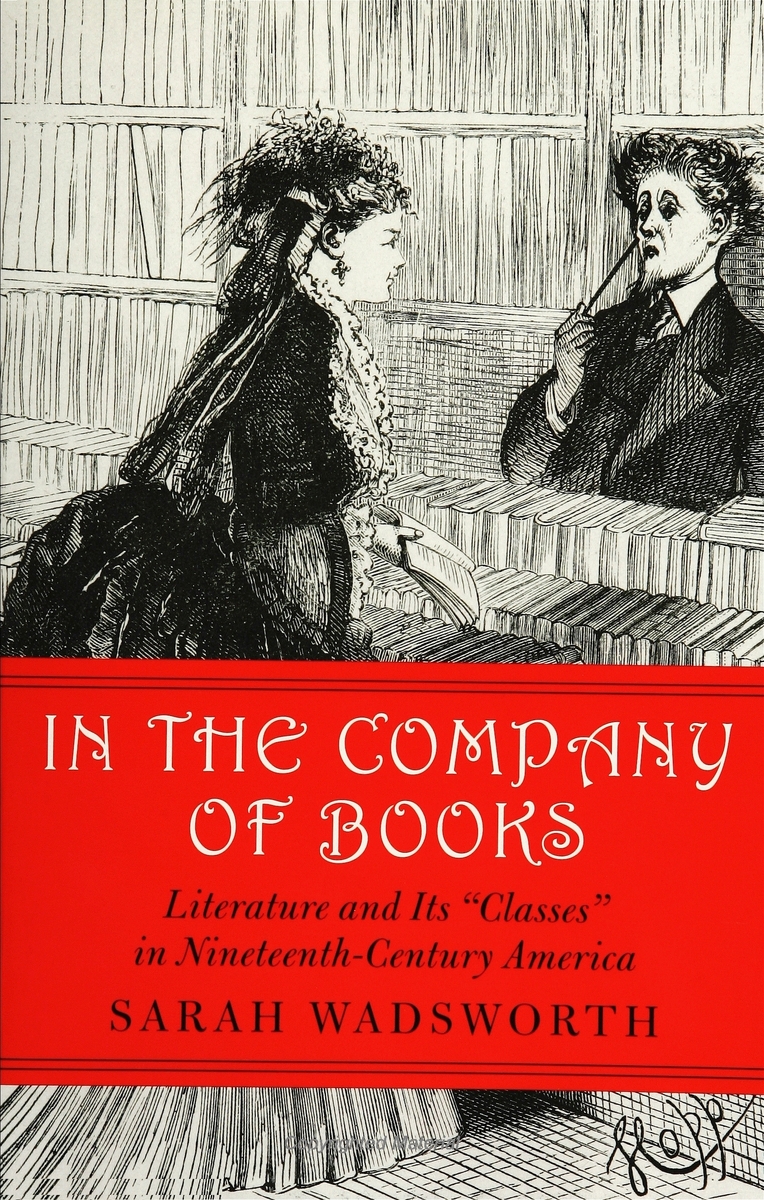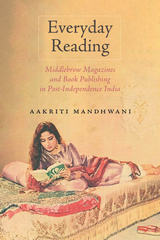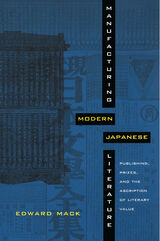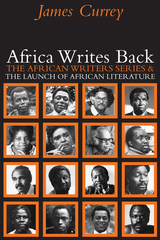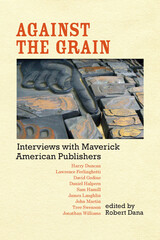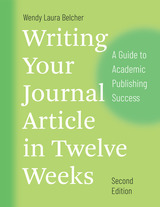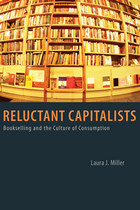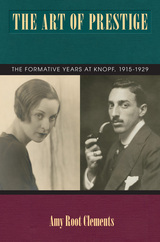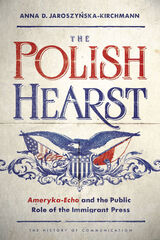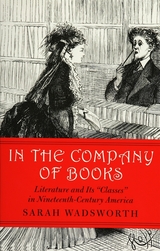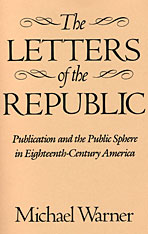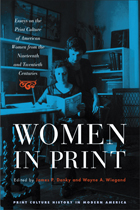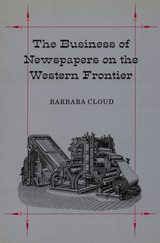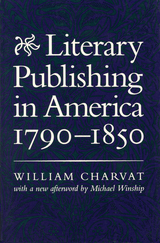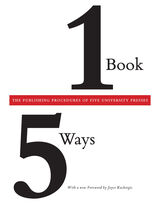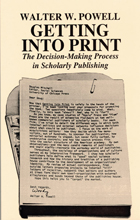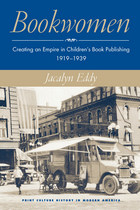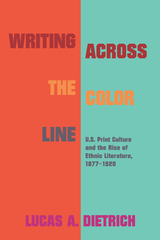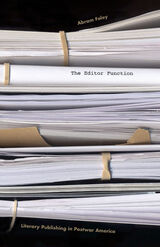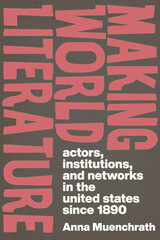In the Company of Books: Literature and Its "Classes" in Nineteenth-Century America
University of Massachusetts Press, 2006
Paper: 978-1-55849-541-8 | eISBN: 978-1-61376-172-4 (institutional)
Library of Congress Classification Z473.W33 2006
Dewey Decimal Classification 070.5097309034
Paper: 978-1-55849-541-8 | eISBN: 978-1-61376-172-4 (institutional)
Library of Congress Classification Z473.W33 2006
Dewey Decimal Classification 070.5097309034
ABOUT THIS BOOK | AUTHOR BIOGRAPHY | REVIEWS | TOC
ABOUT THIS BOOK
A vital feature of American culture in the nineteenth century was the growing awareness that the literary marketplace consisted not of a single, unified, relatively homogeneous reading public but rather of many disparate, overlapping reading communities differentiated by interests, class, and level of education as well as by gender and stage of life. Tracing the segmentation of the literary marketplace in nineteenth-century America, this book analyzes the implications of the subdivided literary field for readers, writers, and literature itself.
With sections focusing on segmentation by age, gender, and cultural status, In the Company of Books analyzes the ways authors and publishers carved up the field of literary production into a multitude of distinct submarkets, differentiated their products, and targeted specific groups of readers in order to guide their book-buying decisions. Combining innovative approaches to canonical authors such as Nathaniel Hawthorne, Louisa May Alcott, Mark Twain, and Henry James with engaging investigations into the careers of many lesser-known literary figures, Sarah Wadsworth reveals how American writers responded to—and contributed to—this diverse, and diversified, market.
In the Company of Books contends that specialized editorial and marketing tactics, in concert with the narrative strategies of authors and the reading practices of the book-buying public, transformed the literary landscape, leading to new roles for the book in American culture, the innovation of literary genres, and new relationships between books and readers. Both an exploration of a fragmented print culture through the lens of nineteenth-century American literature and an analysis of nineteenth-century American literature from the perspective of this subdivided marketplace, this wide-ranging study offers fresh insight into the impact of market forces on the development of American literature.
With sections focusing on segmentation by age, gender, and cultural status, In the Company of Books analyzes the ways authors and publishers carved up the field of literary production into a multitude of distinct submarkets, differentiated their products, and targeted specific groups of readers in order to guide their book-buying decisions. Combining innovative approaches to canonical authors such as Nathaniel Hawthorne, Louisa May Alcott, Mark Twain, and Henry James with engaging investigations into the careers of many lesser-known literary figures, Sarah Wadsworth reveals how American writers responded to—and contributed to—this diverse, and diversified, market.
In the Company of Books contends that specialized editorial and marketing tactics, in concert with the narrative strategies of authors and the reading practices of the book-buying public, transformed the literary landscape, leading to new roles for the book in American culture, the innovation of literary genres, and new relationships between books and readers. Both an exploration of a fragmented print culture through the lens of nineteenth-century American literature and an analysis of nineteenth-century American literature from the perspective of this subdivided marketplace, this wide-ranging study offers fresh insight into the impact of market forces on the development of American literature.
See other books on: Authors and readers | Books | Books & Reading | Publishers and publishing | Publishing
See other titles from University of Massachusetts Press
